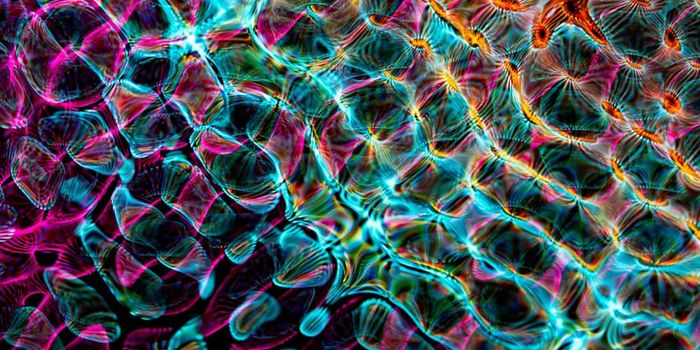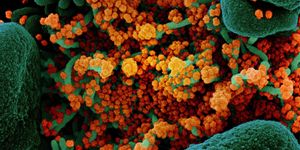After Chromosomes Shatter, Cancer Cells Can Become Drug-Resistant
Many types of cells have to be replenished throughout our lives, and healthy cells can divide into two new cells to replace ones that are damaged or worn out. Cell division has to be carefully regulated. Sometimes when genomic errors arise that are not corrected, cells may begin to divide uncontrollably, and cancer happens. Genomic studies of cancer cells have shown that the DNA in these cells can accumulate many mutations, and the genome can also become unstable. Catastrophic rearrangements of the genome can also occur; chromothripsis is an event in which a cell's genome is suddenly, massively mutated. This can cause cancer cells to grow faster and may make them resistant to therapeutics.
An international team of researchers has now learned more about chromothripsis and the breakup of chromosomes. The findings have been reported in Nature.
"These rearrangements can occur in a single step," said the first study author and postdoctoral researcher Ofer Shoshani, Ph.D. "During chromothripsis, a chromosome in a cell is shattered into many pieces, hundreds in some cases, followed by reassembly in a shuffled order. Some pieces get lost while others persist as extra-chromosomal DNA (ecDNA). Some of these ecDNA elements promote cancer cell growth and form minute-sized chromosomes called 'double minutes.'"
Previous work has indicated that as many as half of many types of cancer cells carry ecDNA that contains genes that encourage cancer.
In this work, the researchers visualized the structure of chromosomes in cancer cells directly and sequenced the whole genomes of cancer cells, including drug-resistant cells. They determined that when chromosomes are catastrophically broken apart, it triggers the formation of ecDNA fragments that carry genes that confer drug resistance. The research illustrated how chromothripsis leads to resistance to one of the earliest and still used chemotherapeutics, a drug called methotrexate.
Chromothripsis can also promote ecDNA formation after a gene is amplified within a chromosome.
"Chromothripsis converts intra-chromosomal amplifications (internal) into extra-chromosomal (external) amplifications and that amplified ecDNA can then reintegrate into chromosomal locations in response to DNA damage from chemotherapy or radiotherapy," explained Shoshani. "The new work highlights the role of chromothripsis at all critical stages in the life cycle of amplified DNA in cancer cells, explaining how cancer cells can become more aggressive or drug-resistant."
"Our identifications of repetitive DNA shattering as a driver of anti-cancer drug resistance and of DNA repair pathways necessary for reassembling the shattered chromosomal pieces has enabled [the] rational design of combination drug therapies to prevent [the] development of drug resistance in cancer patients, thereby improving their outcome," added co-senior study author Don Cleveland, Ph.D., professor of medicine, neurosciences and cellular and molecular medicine at the University of California San Diego School of Medicine.
Sources: AAAS/Eurekalert! via University of California - San Diego, Nature









